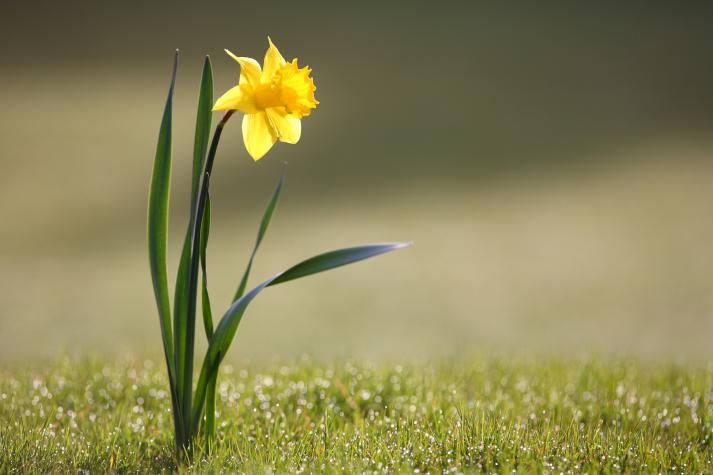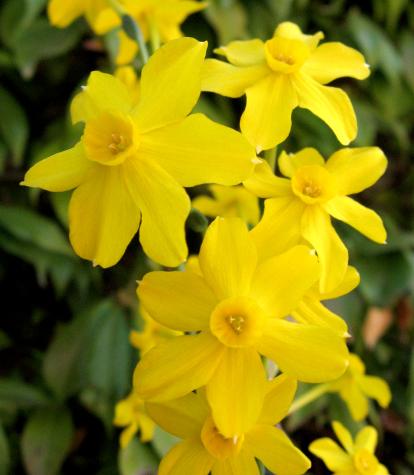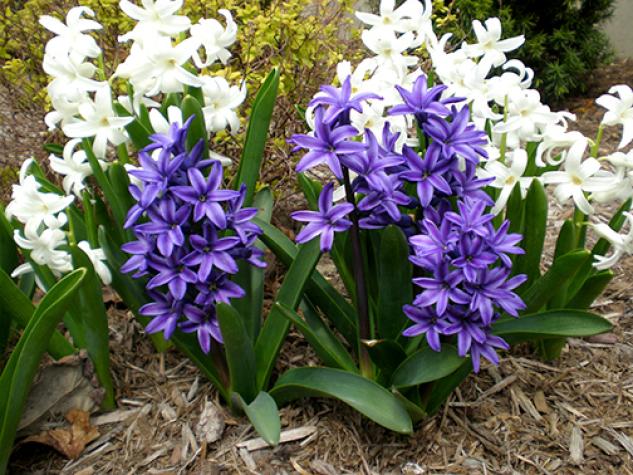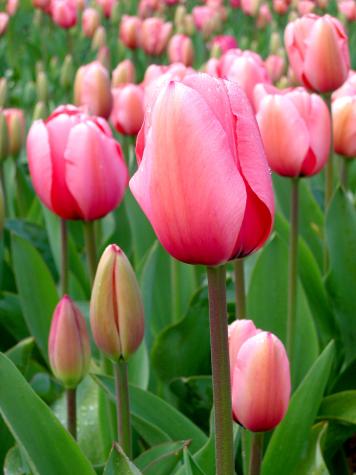COLUMBIA, Mo. – If you think autumn is the time to pack up your gardening tools, think again. It’s bulb-planting time.
Narcissus, tulips and hyacinths won’t greet you in the spring if they’re not planted in the fall.
“The bulbs of spring-blooming plants need to be in the ground now, so they can go through a cooling process in the winter,” said David Trinklein, horticulture specialist for University of Missouri Extension.
What you’re doing is imitating what nature does effortlessly. By planting in the fall, you make sure that the bulbs are exposed to 10-14 weeks of cool weather, Trinklein said. The bulb will develop a root system this fall, but it takes winter temperatures to create a flower bud that will emerge next spring.
So don’t wait. Pick bulbs that are nice and fat and plump, Trinklein says. Avoid shriveled bulbs because they’re either contracting a disease or already have one.
But choosing which flowering bulbs to grow in Missouri can be a bit tricky. Trinklein says narcissus, which includes daffodils and jonquils, is the best choice for the Show-Me State because it can handle Missouri’s warmer weather and keep blooming year after year. In other words, they naturalize well in our state.
Tulips, on the other hand, are not completely comfortable with Missouri temperatures and will likely need to be replanted every couple of years.
“The worst, with regards to adapting to Missouri temperatures, are the hyacinths,” Trinklein said. “The first year you will get the full scape packed with vibrantly colored florets, but after that they go downhill.”
Once you bring bulbs home, you need to get the soil ready before planting. Make sure the soil drains well. If bulbs sit in damp soil over the winter, they’ll rot, Trinklein says.
The easiest way to find out if your soil is well drained is to dig a hole, fill it with water and see how long it takes to drain. If it takes quite a while, then the soil isn’t ready for those bulbs, he says. You can improve the soil’s drainage by amending it with compost, peat or other well-decomposed organic material.
While you’re amending the soil, it’s a great time to add fertilizer. Bone meal is an excellent choice, Trinklein said. It’s relatively high in phosphorus, which helps the bulb develop a good root system. It’s also fairly low in nitrogen, so it won’t burn the roots, and it adds a modest amount of potassium.
It’s important to plant bulbs deep enough, but not too deep.
“The bulbs should be planted in depth, about two to three times the height of the bulb,” Trinklein said. “This is done to make sure that the bulb doesn’t push itself out of the soil as it develops roots.”
Bulbs are definitely delayed gratification. But, if cared for properly, the reward for patience is bright and beautiful colors in the spring for years to come.
Additional information
- “Post-Flowering Care of Spring Bulbs” (Missouri Environment & Garden, May 2014).
- “Spring Flowering Bulbs: Daffodils” (MU Extension guide G6610).
Determine soil drainage rate
- Dig a hole 12 inches deep
- Fill with water and let it drain
- Refill the hole with water and measure the depth
- Measure the depth again after 15 minutes
- Multiply the amount drained by four. This will be the drainage rate per hour.
An ideal drainage rate is 2 inches per hour. Poor drainage is less than 1 inch per hour. More than 4 inches per hour is too fast.




